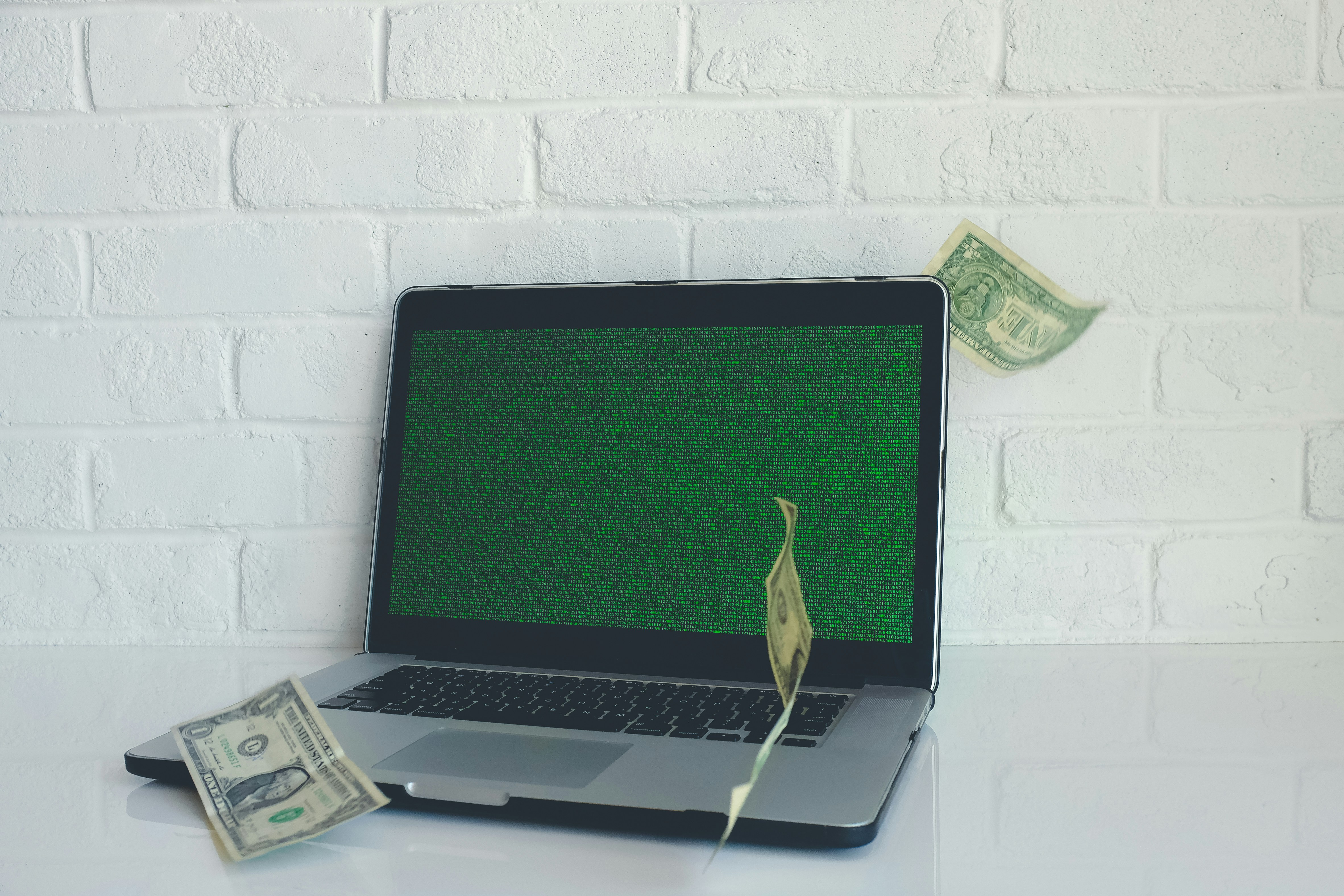
What Are the Stages of the Customer Lifecycle?

A common misconception is that a user doesn’t become a customer until they make a purchase. Some companies compound this mistake by assuming that once the purchase is complete, they should focus all of their attention on finding new customers and moving on.
In reality, someone becomes a customer the second they hear about your company and should be catered to throughout the entire customer lifecycle if you want to increase your revenue.
We’ll take you through the entire customer lifecycle in the sections below.
What is the Customer Lifecycle?
The customer lifecycle is a measurement of where your customers are in their experience of your company. The lifecycle shows what stages your customers go through before purchasing a product and what they do after purchase.
When someone discovers your company, they begin the customer lifecycle. There is no ‘ending’ to the lifecycle, because ideally, you bring a customer from the first stage to the last one and keep them there. Tracking and maintaining customer lifecycles is crucial for all successful businesses, regardless of industry.
What Are the Customer Lifecycle Stages?
There are five or six stages of the customer lifecycle:
- Discovery/Awareness
- Engagement (an optional stage as it may not apply to every customer or industry)
- Evaluation
- Purchase
- Use
- Advocacy
These will be covered in detail in the sections below.
Discovery/Awareness
The initial stage of the customer lifecycle is when the customer first discovers your company. Nowadays, users are bombarded with ads all over the internet, during their YouTube videos, commercials on streaming services, and in their social media feeds. With so many companies trying to catch their eye, you will need to do more to stand out from the crowd.
In this stage, people learn your company’s reputation, the types of products or services offered, and how you interact with your customers. You may take the Rule of Seven with a grain of salt, but customers are much more likely to remember you and buy your products if they’ve seen at least a few different advertisements.
Remember that seeing direct ads is only part of the discovery process. Users are more likely to continue to remember and research a company if it was recommended to them by someone they trust. Recommendations through word-of-mouth or social media posts from influencers are potent ways to spread the word about your company.
Engagement (Optional)
Depending on your industry and where you advertise, potential customers may reach out to your customer service reps for information. While the next step also involves research on the customer’s part, this stage focuses on the initial interaction with your company. First impressions are vital, so ensure that you have plenty of ways for potential users to contact you.
This is much more common in businesses where the service or product is a major investment for the customer or business (either in time or money). Cars, loans for bad credit banks, major software upgrades or switches, insurance packages, and similar items require a large financial commitment from the user, and will likely require them to learn a new system, which can lead to lost productivity. So they’re more likely to reach out before making a decision. So they’re more likely to reach out before making a decision.
Evaluation
At this stage, customers will begin their evaluation of your company and your available products or services. They’ll likely check online reviews of your company and compare it to your competitors. In order to facilitate their research, we recommend having an informative website that is visually appealing and easy to navigate.
Some customers want to avoid the hassle of reaching out to a company directly (with certain exceptions, as mentioned above) and would rather direct their own research. If you make it difficult for customers to find crucial information about your company or product, they are likely to move on to one of your competitors.
Part of this stage is knowing what customers deem ‘useful information’. You can deduce what they find useful by learning about your audience, their demographics, and what they’re looking for. Kissmetrics’ person profile can give you detailed information about your individual customers.
Purchase
This is the stage of the customer lifecycle that every company looks forward to. The customer has decided to try your product or service and have committed to purchase. However, your work is far from done. Customer acquisition costs are often much higher than customer retention costs, so you should ensure that many of your customers stay loyal to your company.
You can keep customers loyal by understanding what they want to see from you. Kissmetrics offers a variety of reports to measure user interaction with your products so you can see which features they utilize frequently.
This is also a stage that may require additional support or assistance from your sales team. Customers in older demographics might have trouble completing online purchases, or slow internet could cause other customers frustration when the page loads too slowly. Poor UX could also make it difficult for customers to figure out how to complete the purchase. Those will be customers lost if you don’t take proactive measures to assist.
Kissmetrics lets you track form abandonment and which customers continued through the sales funnel. We show you where customers drop out of the sales funnel so you make fixes to prevent such abandonment.
In the digital age, live chats are often preferred for customers who have trouble completing their purchases. Calling a line usually leads to being on hold for a while, and emailing can be the same. Live chats, on the other hand, provide a quick and straightforward access to a representative or chatbot without the inconvenience of making a phone call.
Use/Experience
This stage of the customer lifecycle describes the customer’s experience with your company’s products or services. This is a vital time for your company to demonstrate good service should customers run into difficulties with your product. This stage is often a make or break piece of the puzzle for repeat customers.
Our path report demonstrates the number of customers who complete designated events in a given sequence. This can show you if the people who perform certain actions are more likely to commit to a purchase. Similarly, an activity report will monitor the number of customers who perform a designated action, like creating an account with your website.
Even customers who don’t have any issues using their product may continue to read online reviews of your company and will continue to evaluate the value that your product adds. As stated previously, customer retention costs are often much cheaper than customer acquisition costs, so this is not a stage to overlook when it comes to staying on top of your customers’ satisfaction.
You can also track social events like activities on Facebook, LinkedIn, and Twitter with Kissmetricsr.
Bonding/Advocacy
Assuming your customer had a positive experience buying and using your company’s product, they may become loyal to your company and start advocating on their own. This could be as simple as mentioning their experience to their loved ones or posting about it on social media. Even if they aren’t influencers, word-of-mouth recommendations are valuable to your company because they come from trusted sources.
Helping a customer become devoted to your company is essential for companies to make it big in their industry. For example, Apple has developed a dedicated following who always want the latest products and are vocal about their feedback because they know that Apple listens.
Developing that kind of reputation isn’t easy, but it’s worth it in the long run.
Kissmetrics Tools for Customer Lifecycle Management
Kissmetrics offers a variety of tools for tracking your user base, so you can determine where they are in the customer lifecycle.
Our funnel report charts users who perform events in a certain order so you can stay on top of where each user is in their customer lifecycle. For example, if you want to track the number of users who first click through an ad to your website and then navigate to a product page, our funnel report will show you numbers for each step of your sales funnel.
Alternatively, if you aren’t sure which events usually lead to conversions, Kissmetrics has a path report which shows you precisely what steps users who become customers took before and after purchase. This path report can convey numerous insights such as:
- What steps lead to a higher conversion rate
- If there is an alternative path that leads to a shorter conversion time
- Where your marketing team should focus their ads and which channels have the highest number of conversions
Why is the Customer Lifecycle Important?
Knowing where your customers are in their lifecycle allows you and your marketing team to tailor your communications to them accurately. People in the discovery stage are often not ready to make a purchase and will need more information before they reach the evaluation stage.
On the other hand, if a customer has been sitting in the evaluation stage for some time, they may be ready for a call-to-action that encourages them to purchase your product or service.
Understanding your audience and what they need is the best way to steadily build heir trust and bring them in as customers.
Conclusion
Understanding your customers is key to attracting new users and retaining existing ones. Everyone wants to feel like they’re understood and taken care of, and knowing where your users are in the customer lifecycle allows your marketing team to provide customized communications and your customer service team to provide assistance.
Check out Kissmetrics for more information about managing and tracking your customers through their lifecycle.
Sources:

